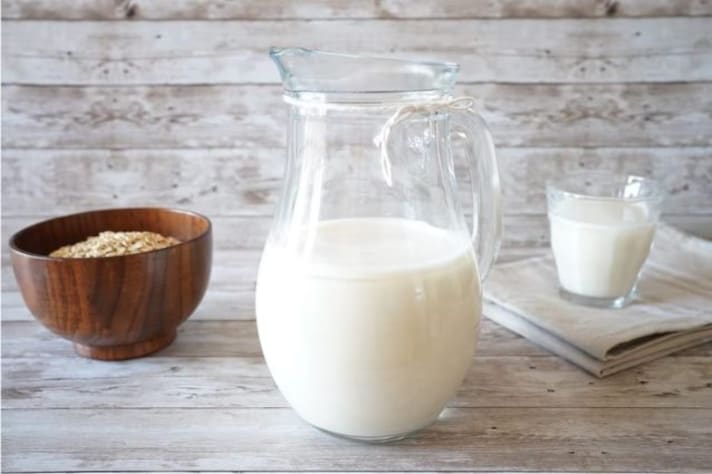The Key Differences Between Lactose-Free and Dairy Free Explained!
If you consume milk or other similar products, then you have most likely come across the terms ‘lactose-free’ and ‘dairy-free.’ Understanding the difference between lactose-free and dairy-free is essential for those managing dietary restrictions due to lactose intolerance or dairy allergies. This article will clarify these terms, explain their significance, and provide practical tips for choosing the right foods.
;Resize,width=742;)
When navigating dietary restrictions, it's essential to understand the difference between lactose-free and dairy-free products. Although these terms are often used interchangeably, they refer to different dietary needs and considerations. Read ahead for a simple breakdown of these terms as well as their distinctions, benefits, and practical tips for managing both types of diets.
What Does Lactose-Free Mean?
Lactose-free products are specifically designed for people who are lactose intolerant. Lactose is a sugar found in milk and dairy products. People with lactose intolerance lack sufficient amounts of the enzyme lactase, which is necessary to digest lactose. Consuming lactose can lead to some common symptoms such as bloating.
Lactose-free products:
- Contain dairy but with lactose removed or broken down.
- Include lactose-free milk, yogurt, and cheese.
- Are suitable for those who can consume dairy but need to avoid lactose.

What Does Dairy-Free Mean?
Dairy-free products are suitable for people who have a dairy allergy or choose to avoid dairy for other health reasons. A dairy allergy involves an immune response to proteins found in milk, such as casein and whey. Symptoms of a dairy allergy can range from mild (rash, hives) to severe (anaphylaxis).
Dairy-free products:
- Contain no dairy ingredients at all.
- Include plant-based milk (soy, almond, oat), dairy-free yogurt, and cheese.
- Are essential for those with a dairy allergy or those following a vegan diet.
2 Key Differences Between Lactose-Free and Dairy-Free
Here are the major differences between lactose-free and dairy-free products that are crucial for managing specific dietary needs.
1. Ingredients
Lactose-free products contain dairy with the lactose removed, making them suitable for those with lactose intolerance. Examples include lactose-free cow's milk and lactose-free cheese. Dairy-free products contain no dairy ingredients at all, catering to those with dairy allergies, lactose intolerance, or those who avoid dairy for other reasons. Examples include almond milk and coconut yogurt.

2. Suitability
Lactose-free products are for people with lactose intolerance who cannot digest lactose properly. On the other hand, Dairy-free products are suitable for people with dairy allergies, lactose intolerance, or those following a vegan diet or avoiding dairy for health reasons.
Practical Tips for Managing Your Diet
- Look for “lactose-free” or “dairy-free” labels. Check ingredient lists for hidden lactose or dairy.
- Experiment with plant-based milks and yogurts. Use dairy-free cheese alternatives in cooking and baking.
- Inform restaurant staff about your dietary restrictions. Choose restaurants that offer lactose-free or dairy-free options.
- Ensure adequate calcium and vitamin D from fortified lactose-free or dairy-free products. Consider supplements if necessary.
;Resize,width=767;)

;Resize,width=712;)

